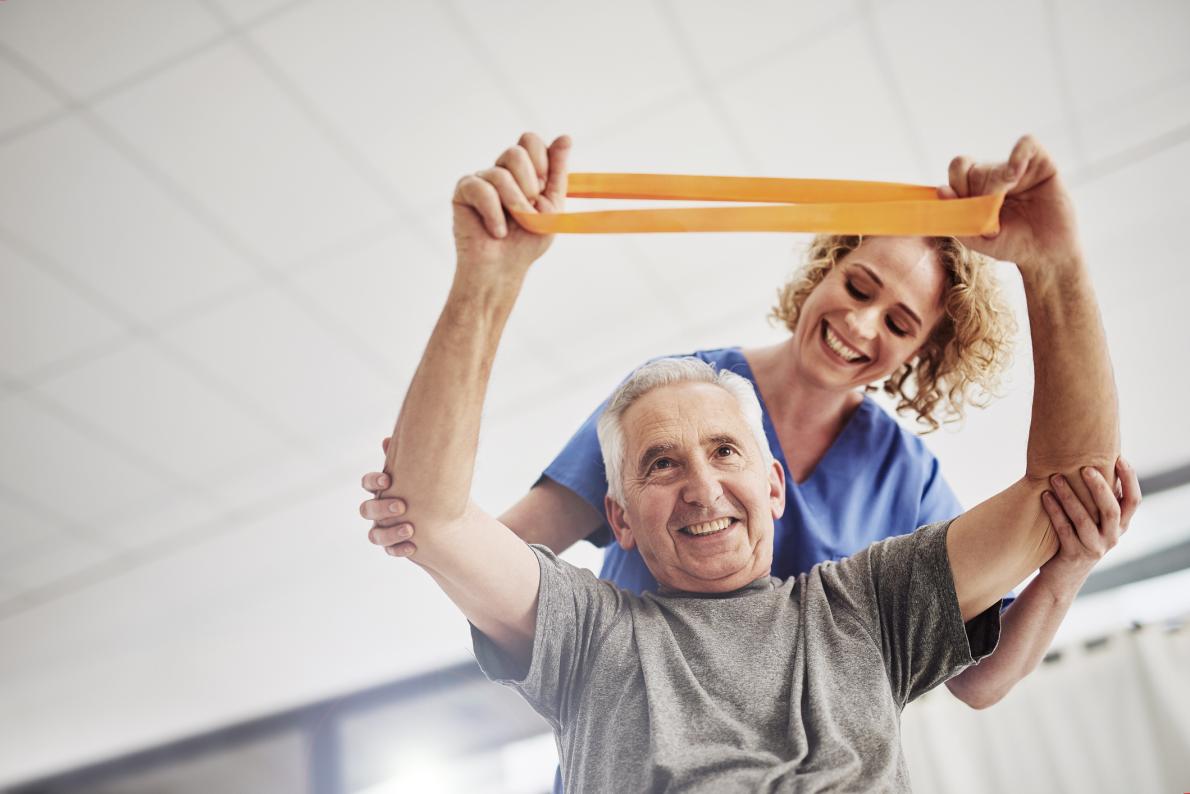Staying Active in 2025: Fitness Tips for Brain Health and Recovery

2025 is a fresh start and a chance to focus on what matters most: your health and well-being. Setting fitness goals can be an empowering step toward recovery and better brain health. Let’s explore some practical tips to help you set meaningful fitness goals for your 2025 New Year’s resolution and stay inspired along the way.
Why Staying Active Matters for Brain Health
Physical activity isn’t just good for your body; it’s also a powerful tool for your brain. Gentle exercises can:
- Boost mood and reduce stress by releasing endorphins.
- Improve cognitive function and focus.
- Alleviate fatigue and increase energy levels over time.
- Support overall physical recovery and resilience.
Exercise doesn’t need to be strenuous to make a difference. Even light movement, when done consistently, can provide these benefits. Remember: it’s about progress, not perfection.

Setting Realistic and Achievable Goals in 2025
The key to fitness success in 2025 is starting small and setting goals that match your current abilities. Use the SMART framework to create goals that are:
- Specific: Clearly define what you want to achieve. For example, “Walk for 10 minutes every morning.”
- Measurable: Track your progress. Keep a journal or use a simple app to log activities.
- Achievable: Be realistic about what you can do. Set goals that feel challenging but manageable.
- Relevant: Align your goals with your recovery journey and what’s meaningful to you.
- Time-bound: Set a time frame, like “by the end of January” or “in three weeks.”
For caregivers, help your loved one identify these goals and encourage them to take small steps. Gentle consistency beats unrealistic expectations every time.
Gentle and Adaptive Exercises for Recovery
Every person’s recovery journey is unique, so choosing exercises that feel comfortable and beneficial is important. Here are some ideas:
- Chair Yoga: This low-impact activity improves flexibility and reduces tension without requiring extensive movement.
- Stretching Routines: Simple stretches can relieve stiffness and improve circulation.
- Light Walking: Even a short walk around the house or yard can boost mood and physical health.
- Balance and Coordination Exercises: Gentle movements can improve stability, like standing on one foot or light tai chi.
- Learn Mindfulness: Mindfulness techniques can help you stay present and manage overwhelming emotions. These techniques are simple, effective, and easy to incorporate into daily life.
Staying Motivated Throughout the Year
Staying active is a journey, and it’s natural to face challenges. Here are some ways to keep moving forward:
- Find Support: Join a fitness or support group for brain tumor patients, either in-person or online. Sharing your journey with others can provide encouragement and accountability.
- Celebrate Small Wins: Every bit of progress matters. Did you stretch for five minutes today? That’s a win worth celebrating!
- Incorporate Enjoyable Activities: Fitness doesn’t have to feel like a chore. Dancing, gardening, or even light chores can be meaningful ways to stay active.
- Adapt When Needed: Some days might feel harder than others. That’s okay. Listen to your body and adjust your goals without guilt.
For pediatric patients, Duke’s Pediatric Neuro-Oncology Program provides tailored guidance to make sure activities are both safe and enjoyable. Similarly, adults can find support through Duke’s Adult Neuro-Oncology Program, where specialists design wellbeing strategies aligned with recovery goals.
Leveraging Duke’s Resources for Fitness Success
At The Preston Robert Tisch Brain Tumor Center at Duke, we understand the challenges of staying active during recovery. That’s why we offer resources to help:
- Physical Therapy Referrals: Our team will help you navigate finding physical therapy and occupational therapy colleagues.
- Support Groups: Connect with others navigating similar journeys to share experiences and encouragement.
- Access to Experts: Specialists who can guide you in choosing safe and practical exercises.
Discover Your Partner in Brain Cancer Recovery
Staying active in 2025 is all about embracing movement as a form of self-care and healing. Tapping into resources, like those at Duke’s Preston Robert Tisch Brain Tumor Center, can help you create a fitness routine that supports your recovery.
Start your journey to better brain health today. Schedule an appointment today to learn how we can support your overall well-being. Our compassionate team of doctors is ready to walk with you every step of the way.
Explore our blog to learn more:
- Mindfulness Techniques for Brain Tumor Patients and Caregivers
- How to Support a Loved One with a Brain Tumor
- Creating a Healthy Home Environment for Brain Tumor Recovery
FAQ: 2025 Fitness Goals
What is the best exercise for cancer patients?
Gentle exercises like walking, chair yoga, and stretching are great for cancer patients. These low-impact activities can be adjusted based on energy levels and abilities.
What are strengthening exercises for cancer patients?
Light resistance training, such as resistance bands or light weights, is effective. Exercises like leg lifts, wall push-ups, and seated arm curls can help build strength.
What are the five components of fitness goals?
The five components are cardiovascular endurance, muscular strength, muscular endurance, flexibility, and body composition. Each component plays a role in overall wellness.
What is a good SMART goal for fitness?
“Walk 20 minutes every day for the next two weeks” or “Do a 5-minute stretch routine every morning.”
What are the three major types of fitness goals?
The three major types are performance goals (e.g., run a mile), body composition goals (e.g., improve muscle tone), and health goals (e.g., reduce fatigue).
How do you improve overall fitness?
Start with small, consistent actions like walking daily, adding stretching, or trying light strength exercises. Gradually increase the intensity as you see fit.